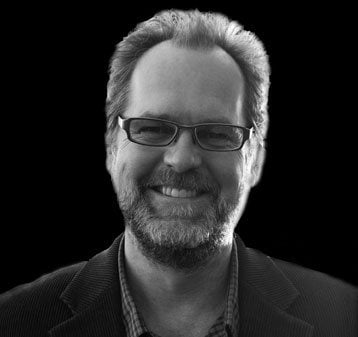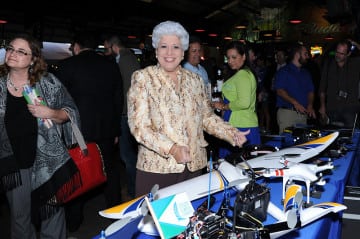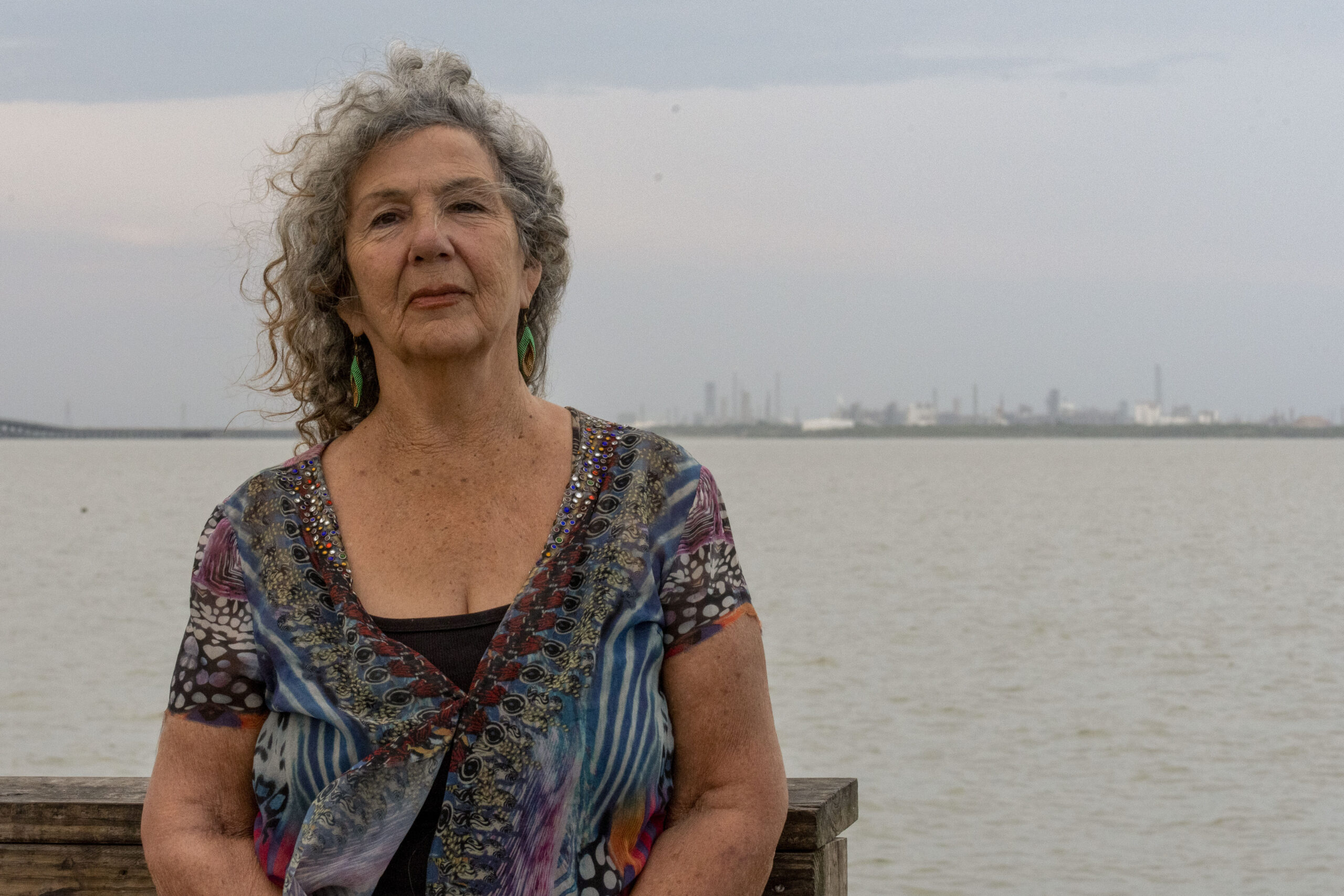
Welcome to the Drone Star State

The valet parking was complimentary Monday night at the Brewster Street Ice House on the edge of downtown Corpus Christi. Attendees traversing the patio deck on their way inside ran a smiling gauntlet of Texas A&M-Corpus Christi spirit-team dancers handing out toy balsa-wood glider kits. Inside the bar’s cavernous tin-roofed concert annex, a chatty business-dress crowd mingled over drinks and buffet snacks. TV screens broadcast photos of unmanned aircraft in various stages of launch, landing and flight. A banner over the stage rebranded A&M-Corpus Christi—previously better known as “The Island University”—as the “Home of Unmanned Flight.”
The word “drone” was conspicuously absent from the festivities. But drones, and more specifically a “windfall” of drone-related money falling from the Coastal Bend’s clear blue sky, were the reason for the evening. The crowd of several hundred, including university administrators, local and state politicos and assorted guests, had gathered to celebrate the state’s recent designation as a test site for unmanned aircraft—aka drones—under the auspices of A&M’s Corpus Christi campus.
On Dec. 30, the Federal Aviation Administration announced its selection of six states—Alaska, Nevada, New York, North Dakota and Virginia are the others—that submitted successful bids to become test sites for drone research aimed at the FAA’s development of regulations allowing commercial unmanned flight. The FAA is slated under a congressional directive to codify those rules by September 2015. The agency estimates that as many as 7,500 drones will be plying the friendly skies within the next five years, and the U.S. Department of Transportation estimates that some 250,000 drones—civilian and military combined—will be operating in the U.S. by 2035.
Though the FAA go-ahead for testing in Texas comes with no money, the Arlington, Virginia-based industry trade group Association of Unmanned Vehicle Systems International is advertising the economic impact of the designation at a rosy $8 billion and 1,200 jobs statewide, with $260 million landing in South Texas, mostly via private investment.
In the meantime there’s research to be done. Texas was chosen particularly to test drones in hot climates, and A&M’s flights will be conducted at 11 test ranges near Fort Stockton, Killeen, College Station, Beeville and Corpus Christi. Test flights will concentrate initially on innocuously environmental missions like agricultural reconnaissance, monitoring coastal erosion and mapping seagrass growth.
The larger mission is to develop data and technology supporting the eventual incorporation of commercial drone flights into public airspace.
Texas A&M-Corpus Christi, the lead institution for Texas’ tests, will conduct them using an array of drones like the half-dozen on display at the Brewster Street Ice House Monday night: fixed-wing drones designed for aerial surveillance via still photography; helicopter-style multi-rotor drones better suited to hovering and video capture; some designed from scratch by university engineering students; others currently available for purchase by hobbyists, like the Lehmann LA300, a $6,826.82 carbon-fiber-and-foam wing with a 92-centimeter wingspan and a mount for a Nokia cell phone.
Twenty minutes’ worth of speakers, including A&M-Corpus Christi President Dr. Flavius Killebrew, Corpus Christi Mayor Nelda Martinez, Texas A&M System Regent Jim Schwertner and Chancellor John Sharp, and state Rep. Todd Hunter (R-Corpus Christi), went heavy on the mutual congratulations and perhaps not hyperbolic declarations of import invoking Charles Lindbergh (who received his flight training at Kelly Field near San Antonio) and marking both the “beginning of a new era” and “a Kitty Hawk moment in American aviation.” In case the point was unclear, Chancellor Sharp reiterated: “This is a big deal.”
It certainly seems so. National media has been suddenly agog over the prospects and problems of commercial drone flight since Amazon CEO Jeff Bezos went on 60 Minutes Dec. 1 to announce his company’s embryonic plan to deploy a fleet of “Octocopter” delivery drones in as little as four years. “One day,” according to Amazon, “Prime Air vehicles will be as normal as seeing mail trucks on the road today.“

Commentators and commenters immediately began debating that plan’s viability, but some, including New York magazine’s Kevin Roose, have suggested that Bezos’ big reveal may have been less an announcement of imminent intent than a not-so-subtle “pre-lobby” prod to the FAA, which holds the regulatory power that would allow Amazon’s “Prime Air” scheme to get off the ground—or not. Pre-lobby or otherwise, the FAA announced its six test-site states 29 days later.
Not all of the state’s recent rash of drone news is quite so celebratory. Even before Bezos and the FAA made their respective announcements, A&M-Corpus Christi’s Lone Star Unmanned Aircraft Systems (LSUAS) team, headed by Senior Research and Development Officer Ron George, had attempted to rent space at the municipal airport in Alpine, near Big Bend, for use as a drone-testing flight base. In response, a citizen coalition led by local minister Oscar Cobos gathered more than 300 signatures to ban drone traffic at the airport. According to Texas Monthly, a Nov. 19 Alpine City Council meeting drew an overflow crowd so vehemently opposed to the introduction of drones to their wide-open skies that George was compelled to respond: “You’re interrogating me as if I’m some sort of criminal.”
The Alpine City Council rejected LSUAS’s plan.
That setback, however suggestive of public-opinion battles to come, won’t be grounding A&M’s drone initiative. A media-friendly test flight is already scheduled for Thursday, Jan. 16, on a private ranch near Sarita, some 50 miles (as the drone flies) southwest of Corpus.
Ron George wasn’t present at Monday’s celebration—he was already in the field preparing for Thursday’s test flight—but it was hard not to think that the lesson he’d learned in Alpine had sunk in. Not once during the evening’s celebratory speeches had the word “drone”—so redolent of Predators and surveillance and collateral Yemeni killings—been used. Not, at least, until the event’s final words. Bidding the crowd goodnight, A&M-Corpus Christi VP of Institutional Advancement Trent Hill, the evening’s master of ceremonies, noted, “Everyone should have a drone.”
He was referring, of course, to the nostalgia-inducing wind-up handouts embossed with the university’s logo that every guest had received, but he could just as well have been describing a future that Texas is set—whether its citizens are ready or not—to launch.


